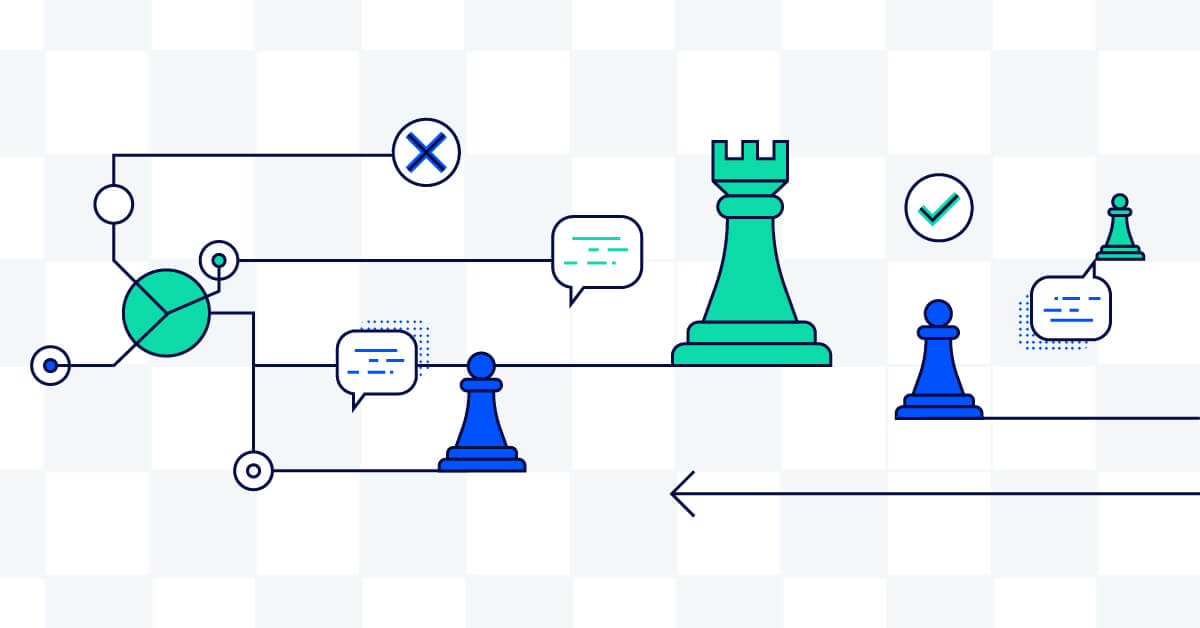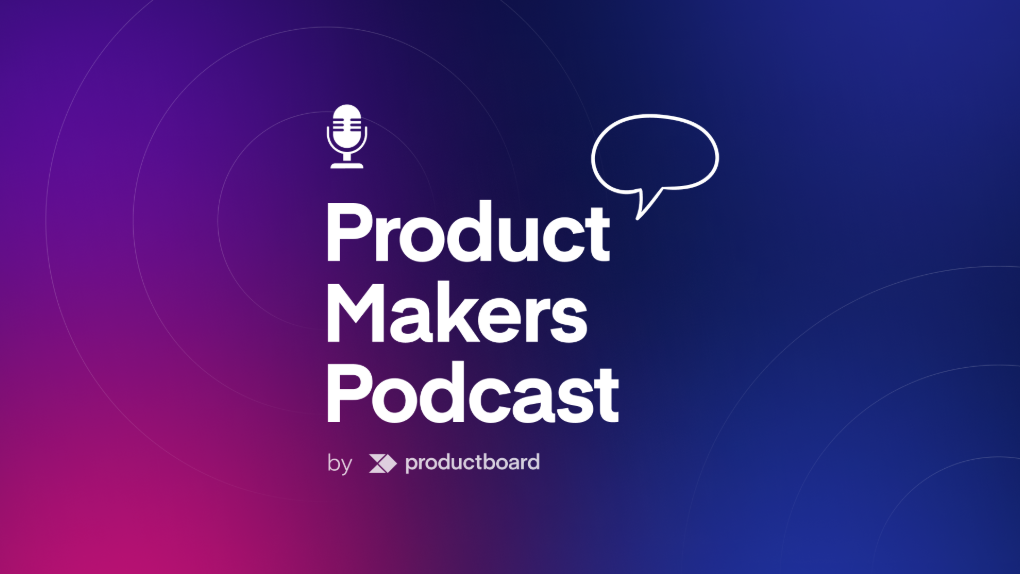3 principles for successfully driving transformation in your product organization

This article was co-written by Kate Villanueva, Denae Foster, and Boge Sotirovski, members of Productboard’s Professional Services team.
Think about the last time you launched a new tool as an individual or as a group. What went well? What didn’t go well? Where did you need extra support to make sure it was successful?
Here’s one of the most common scenarios we see: A company will purchase a great product or piece of technology. It’s easy enough to get it adopted by one business unit. But it stalls out there. The bigger challenge is in spreading the love and getting it more widely adopted throughout the company.
And that’s where driving governance in your program comes in. We know that not everyone is familiar with these terms in this context, so let’s take a moment to break them down.
A program is an initiative to manage a transformation in an organization. This often involves introducing a new tool and making sure it’s implemented successfully, but it can really apply to any type of transformation. A strong program can support all the activities that need to happen and rally the right people to achieve and maintain the change.
For any program to be successful, governance includes three main components:
- Identify the right people to oversee the program and be accountable to its success
- Establish and champion the right behaviors across the organization.
- Drive ongoing engagement and seek continuous improvement in your program.
Throughout the rest of this article, we’ll look at each of these components in more detail.
1. Identify the right people to oversee the program and be accountable for its success
There’s no way to have a successful program without involving the right people. But who exactly should be involved? This will vary depending on the specifics of the program, but we generally find that any successful program needs the following:
- Executive sponsor: Someone at a senior level within the organization who can govern key program decisions, influence cross-functional leadership, and provide support for program communications.
- Program owner: Someone who is accountable for determining the project requirements, enablement materials, and driving resource allocation. The program owner will also liaise with the executive sponsor for leadership support.
- Change champions: Unlike the previous two roles, which are usually held by a single person, we recommend involving multiple change champions. These are admins and power users who can be called in to make key design decisions and help drive adoption throughout the program. Change champions understand both where you are today and where you’d like to be in the future and are excited about helping your organization to make this transformation.
We know the concept of change champions might be new, so let’s explore it in a little more detail. Here are a few key points to keep in mind about champions:
- Champions must be open to feedback, embody positive change, and have a vision for the future state—don’t nominate champions who can be detractors to change.
- Champions must be aligned on the capacity and engagement that’s expected of them throughout the program
- Program owners should broadcast who the champions are and how they can help across the organization.
- In your product organization, consider bringing in stakeholder champions (e.g. from your go-to-market teams) to ensure you have the right support in the processes that will impact them.
2. Establish and champion the right behaviors across the organization
Once you’ve identified the key players in your program, you’ll need to ensure the people involved are heavily engaged throughout making the key decisions in your program. Remember: Your change champions understand where you are today, the desired future state that you’re working toward, and can help document what’s going to change and what the value is of making this change.
Here are a few of the key ways that change champions will help drive the right behaviors:
- They’ll help stakeholders align on key design decisions throughout implementation.
- They’ll ensure that governance and standards are documented and set in place.
- They’ll build out materials to help you efficiently and effectively scale your new tool or process across your teams.
Your champions should have a good understanding of how your end-users and stakeholders obtain information. They’ll use that knowledge to create resources and guidelines that will enable, educate, and transform your organization at large.
3. Drive ongoing engagement and seek continuous improvement in your program
After you’ve finished implementation, it’s important not to lose momentum. People get excited at the beginning for setup and creating, but if there’s no one to keep cheering them on and being the champions, it can easily fall flat.
This goes back to our first point: ensuring you have the right people. The right people aren’t just going to set the stage and create the process—they’re going to be continuous supporters and champions.
And the champions’ role doesn’t end there, either. They’re ideally going to inspire even more champions to join the cause. There are a few behaviors that can help grow your group of champions and ensure the success of your program. These include:
- Acknowledgment, rewards, and recognition: Determine how you’ll acknowledge and affirm desired behaviors. This could be through a leaderboard, incentives like swag or gift cards, or social recognition—whatever makes the most sense for your organization.
- Feedback: Set up an ongoing cadence with your champions so you can get feedback on how things are going, identify problem areas, and iterate on processes and documentation as needed.
What’s next?
Our goal with this post was to give you food for thought. You now know some of the key components that go into driving governance in your programs. And you have the building blocks to create your own successful program.
Still hoping for a little more support? We’d love to help! If you’re interested to know how we’ve implemented successful programs around Productboard, reach out to our services team and check out our Product Stakeholders toolkit for self-serve program resources.




